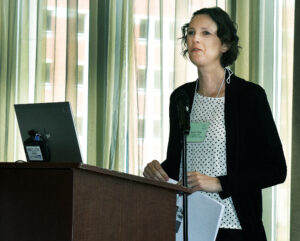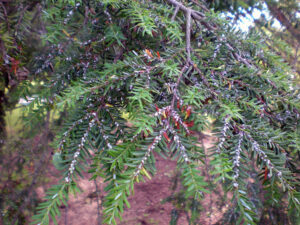
White, cottony hemlock woolly adelgid egg sacs on a hemlock branch. / Photo Credit: Bill McNee, Wisconsin DNR
By Michael Hillstrom, DNR Forest Health Specialist, Fitchburg; Michael.Hillstrom@wisconsin.gov
Hemlock woolly adelgid (HWA) and balsam woolly adelgid (BWA) are invasive, aphid-like insects that cause tree mortality in North America. Neither has been found in Wisconsin so far, but they are likely to arrive at some point, as they have been confirmed in Michigan.
HWA (Adelges tsugae) is an invasive, sucking insect pest of hemlock trees. The white, cottony egg sacs of HWA can be seen on the undersides of hemlock branches at the base of needles year-round. HWA saliva enters the tree while feeding. The saliva is toxic and causes needle drop and twig dieback, progressing to tree mortality in 4-10 years.
Continue reading “Check Conifers For Invasive Adelgids” →


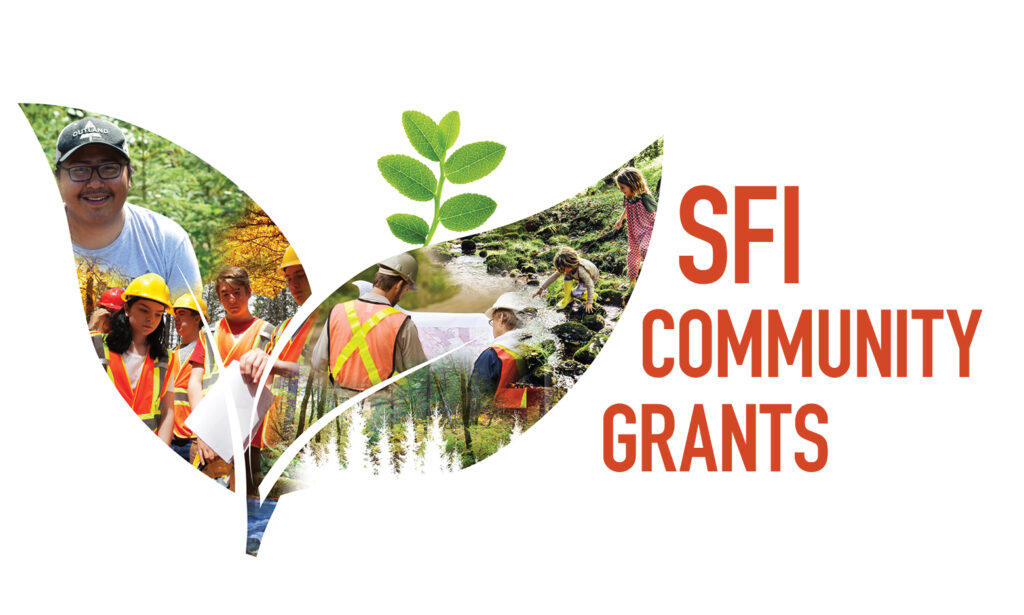 The Urban Forest Improvement Program, funded by the Inflation Reduction Act and the USDA Forest Service’s Urban and Community Forestry Program, provides grants to help organizations benchmark their urban or community forests against the Sustainable Forestry Initiative (SFI) Urban and Community Forest Sustainability Standard.
The Urban Forest Improvement Program, funded by the Inflation Reduction Act and the USDA Forest Service’s Urban and Community Forestry Program, provides grants to help organizations benchmark their urban or community forests against the Sustainable Forestry Initiative (SFI) Urban and Community Forest Sustainability Standard.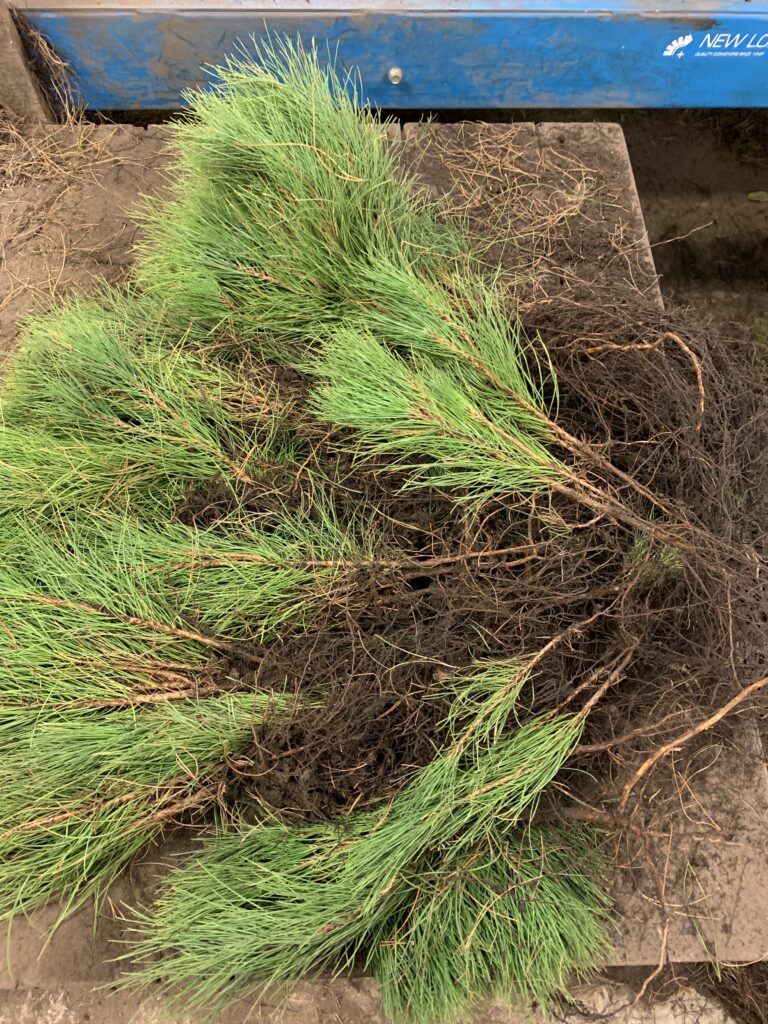 Do you remember when you were in fourth grade? Did you receive a tree seedling to plant for Arbor Day?
Do you remember when you were in fourth grade? Did you receive a tree seedling to plant for Arbor Day?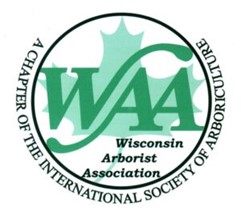 Date: Feb. 16-18, 2025
Date: Feb. 16-18, 2025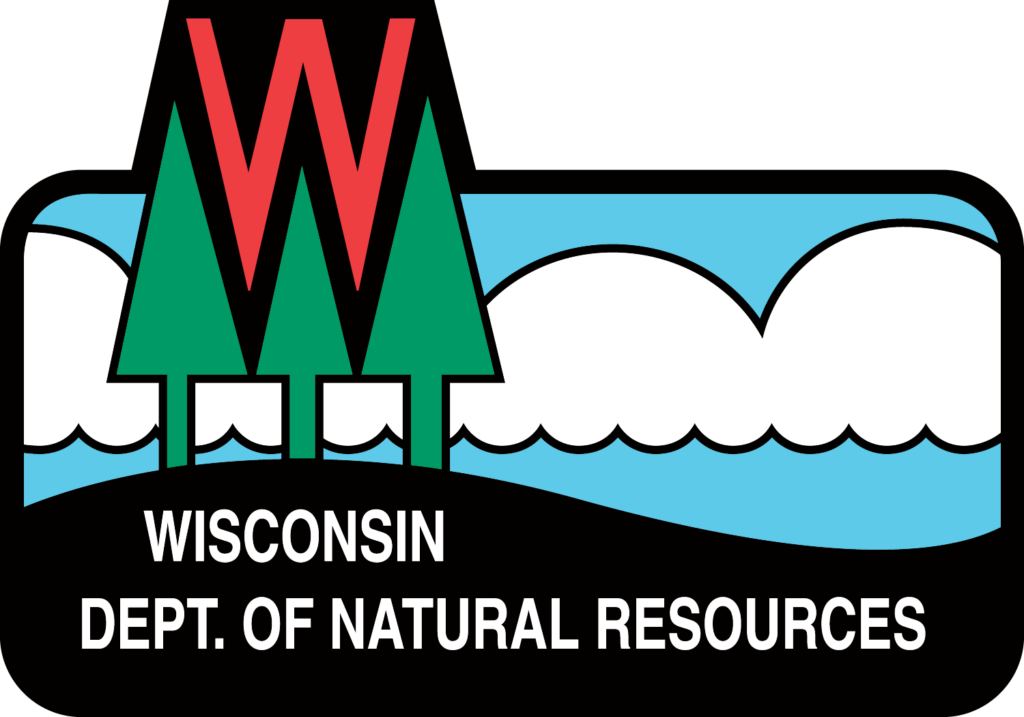
 During
During 